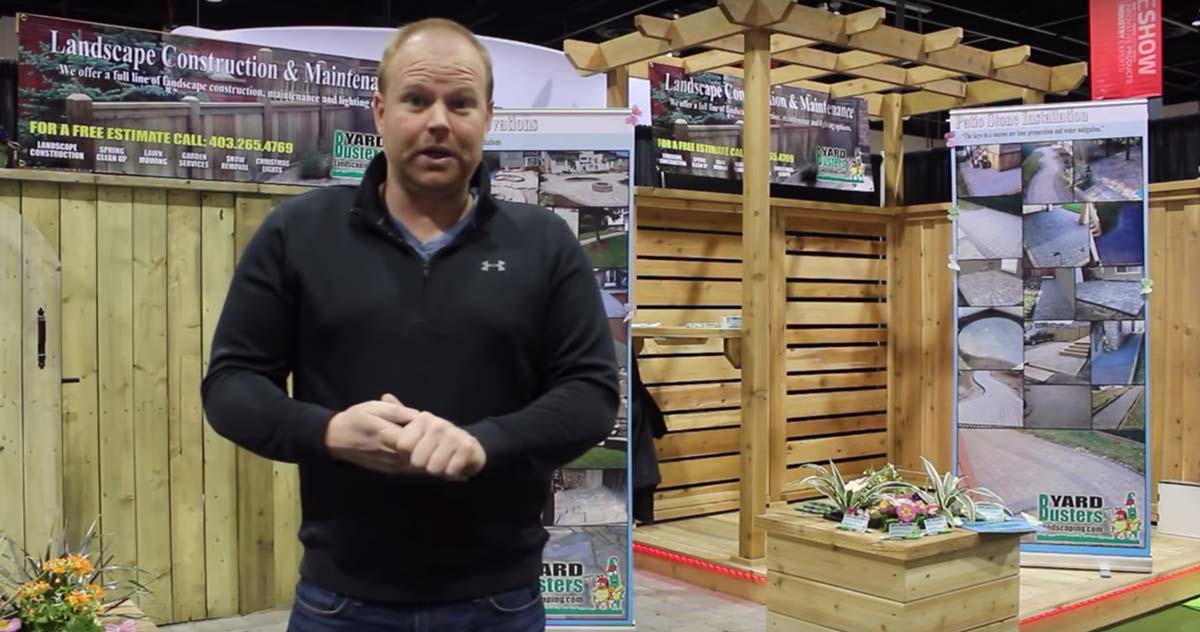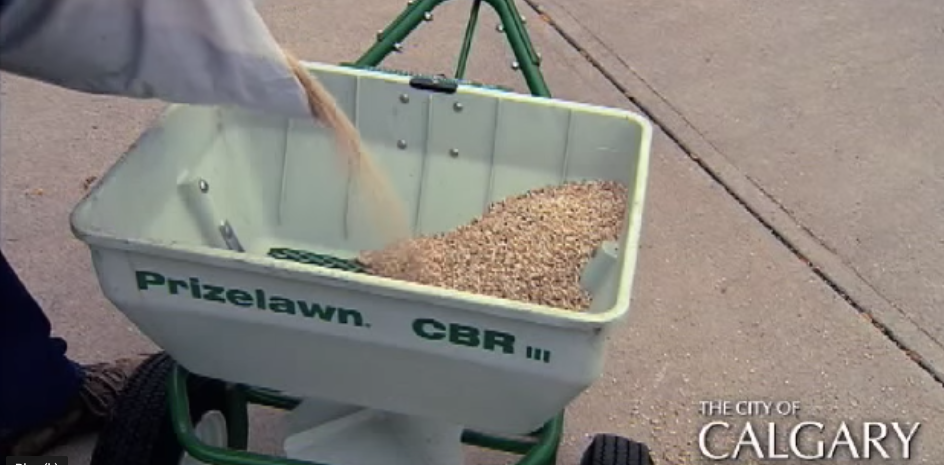6 Lawn Care Maintenance And Tips – Care For Your Grass
Sipping tea while reading a newspaper around your family in your outdoor space is everything you need during relaxing weekends — Not to mention your lawn’s scenery is crucial in maintaining your mood, which can be easily wrecked with ugly patches of grass, dry naked turf, and dead plants. On the other hand, a well-maintained lawn having a beautiful lush green outlook can take away the week-long exhaustion with ease. For that level of satisfaction, you would need to invest a little effort. Through this article, we have pinpointed some maintenance tips to restore the charm of your lawn. Let’s look into it.
1: Get rid of Thatch
Lawn-owners cannot hope to see their lawn bloom without removing thatch. It is a thick and dense layer of dead plant matter; stems, roots, and dried grass that accumulates at the base of your turf. The matter after intermingling impedes the normal flow of water, nutrients, and air.
The thickness of thatch usually exhibits how much you have ignored lawn maintenance. Over time the thatch becomes so thick that it starts to destroy the turf after restricting the movement of essential elements for plants.
Also, it can host diverse disease-causing insects and microbes that eat up the roots of the grass. In the rainy season, it does not allow water to soak, leading to saturation of moisture in the roots. As a result, you witness grass thinning and dead.
However, it is not entirely harmful, as a healthy layer can protect grassroots from damage and gather moisture during dry seasons. Moreover, in winter, it can trap enough heat by acting as an insulator and prevent the roots from drying. It only becomes problematic when the thickness increases to a certain level.
How to remove it?
You can get yourself a dethatching machine which is known by various names: verticutters, vertical mowers, power rakes. As the name plies, the machines remove thatch by using vertical cutting blades.
2: Remove Moss and Weed
Poor drainage and persistently waterlogged areas give rise to moss. They are the spongy non-flowering mass that you sometimes notice on the bare parts of the ground. Once it takes over, the grass is unable to grow.
You can go for lawn treatments or lawn aerators to improve the drainage of your soil to eliminate the moss-causing factors. Over-seeding the shaded areas with grass can also help to remove it. But you need to remember that it reproduces faster than grass and would return in favorable conditions in no time. Therefore, to eliminate it once and for all, you must deal with the root of the problem — high moisture content and shaded areas.
As for weed, it may not be harmful to your lawn growth but also does not take part in enhancing the visual appeal of it. However, they may eat up fertilizers, moisture, and other nutrients that were originally meant for the turf. Therefore, it is best to remove them.
3: Improve Soil Drainage
As established before, persistent moisture can lead to problems like moss and the death of roots. To avoid these complications, improving drainage is imperative.
The drainage can be enhanced by aerating the lawn frequently. As a result, the soil would absorb more water and reduce moisture amassment.
During lawn renovation, one should remember that the lawn should have a slight slope so that the water may drive away from your property. This way, you can get rid of most water and reduce waterlogging.
4: Overseeding
Dense and lush green turf is a dream of any lawn enthusiast, and one can fulfill it through overseeding. It is an act of planting a huge number of seeds throughout the existing turf. It helps get rid of bare ground patches and thin grass. The resulting lawn would look much greener and healthier.
Before you overseed, you must eliminate poor soil conditions, thatch, soil compaction, moss, weed, and improper drainage for it to give the best results. Otherwise, your investment would go waste. For it to work, water regularly but not too often that water accumulates. Make sure you use fertilizer to accelerate the growing process.
5: Aeration
Healthy soil has a large space between particles allowing nutrients, air, and water to move freely. But over time, due to various environmental and physical factors, the spaces are reduced, causing the soil to become compact. As the density of the soil increases, the water fails to infiltrate it efficiently. Plus, the oxygen is also removed between the pores, which is necessary for the normal health of the roots.
Soil compaction leads to grass thinning and the loss of healthy green color. If you have witnessed these symptoms, then your lawn might need aeration — which is a process of digging small holes in the soil, allowing air and water to pass freely.
When to aerate?
We would recommend you to aerate your lawn every growing season so that the grass can repair the damage and fill in the holes more efficiently. For this, you utilize two popular tools — plug aerator and spike aerator. In terms of performance, plug aerator is a better choice.
6: Mowing Your Lawn Correctly
The process might seem simple, but it has more technicalities than meets the eye. Mowing correctly will pave the way to healthier outcomes, while a simple mistake can kill the turf. Here are a few mowing tips that you must follow:
Never cut the grass too short. That’s because shorter grass is weaker and more vulnerable to diseases. Plus, it becomes harder for plants to repair the damage.
- Never do it when the soil is wet.
- Sharpen the mower blades for neat cuts.
- The ideal time to mow is when the lawn is dry.
- Never mow during hot days to avoid water loss from the plants.
Conclusion
By following our tips above, we hope you would be able to keep your lawn healthier and much greener. Remember that it may take a little effort initially, but the outcome would be worth it.


